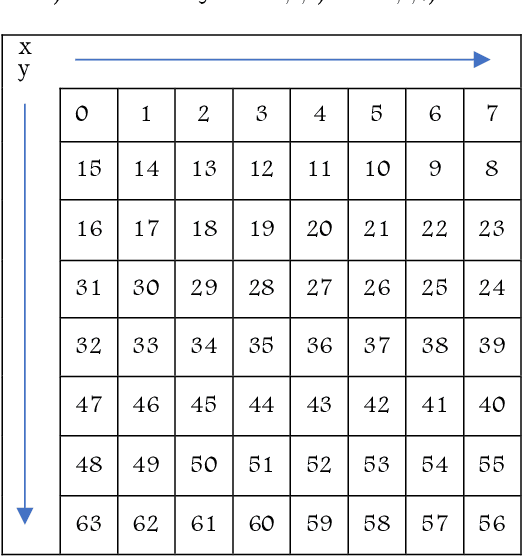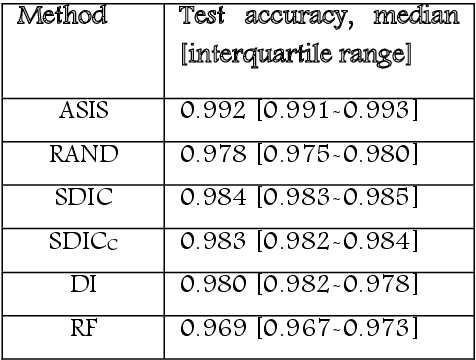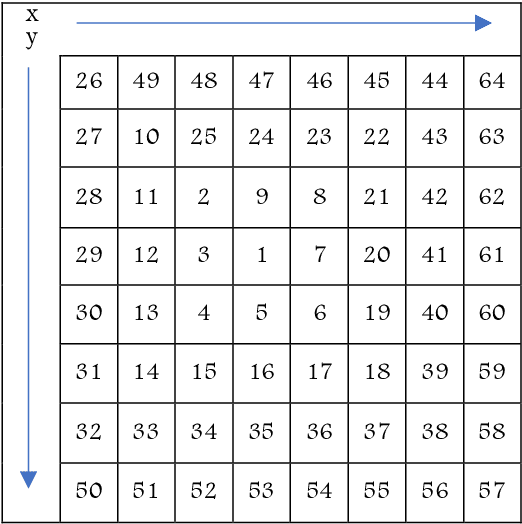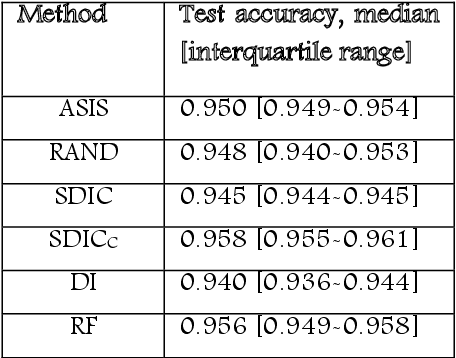Sparse data to structured imageset transformation
Paper and Code
May 07, 2020



Machine learning problems involving sparse datasets may benefit from the use of convolutional neural networks if the numbers of samples and features are very large. Such datasets are increasingly more frequently encountered in a variety of different domains. We convert such datasets to imagesets while attempting to give each image structure that is amenable for use with convolutional neural networks. Experimental results on two publicly available, sparse datasets show that the approach can boost classification performance compared to other methods, which may be attributed to the formation of visually distinguishable shapes on the resultant images.
 Add to Chrome
Add to Chrome Add to Firefox
Add to Firefox Add to Edge
Add to Edge